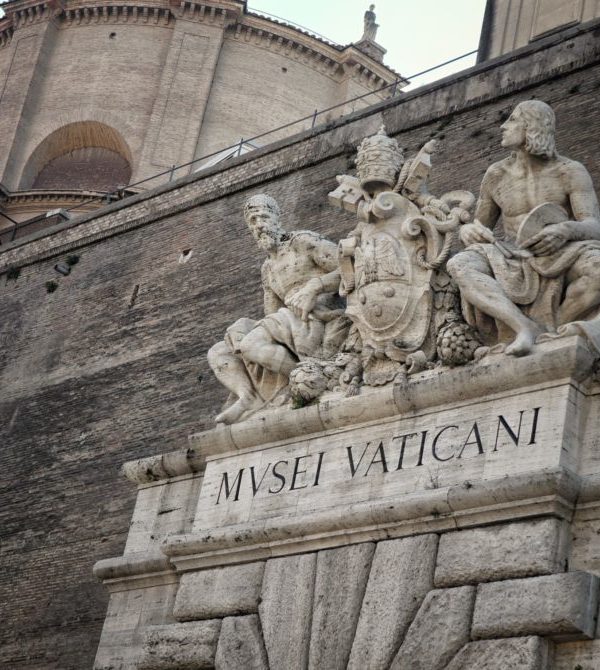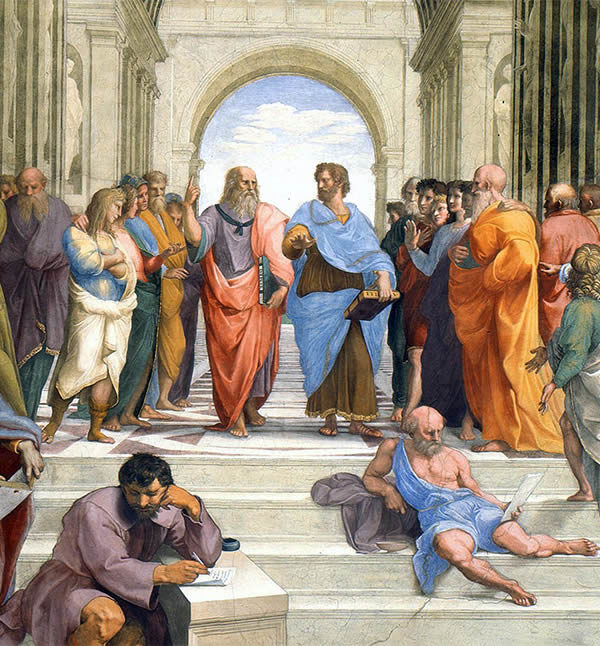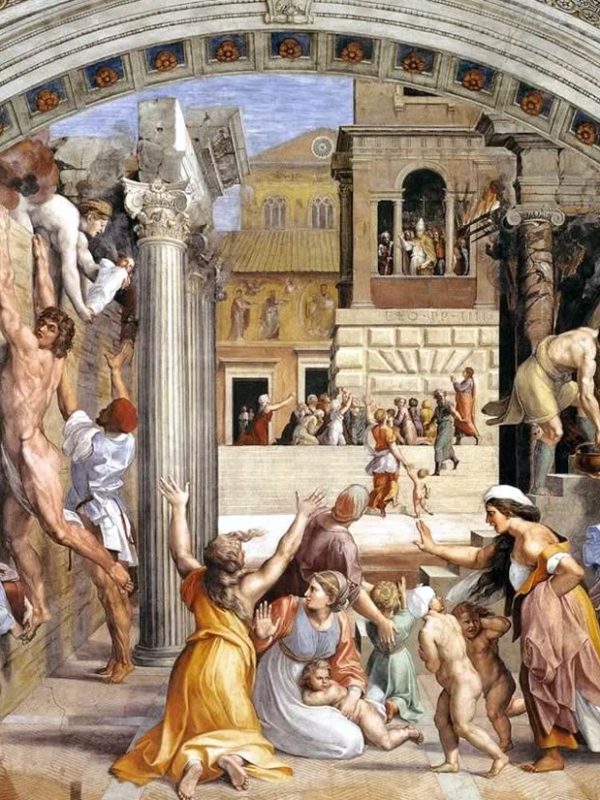As early as the mid-9th century, the area around the ancient St Peter’s Basilica was a fortified citadel with walls built by Leo IV (847-855), the so-called “Leonine city”.
Between the end of the thirteenth century and the first decades of the fourteenth century some buildings had been built around the square courtyard known as del Pappagallo: they will form the first nucleus of the Vatican Palaces of the Vatican City.
After the Avignonese exile (1309-1377), it will be necessary to wait for the end of the fifteenth century to see the construction of new buildings, such as the Palaces of Sixtus IV (1471-1484), including the Sistine Chapel which takes its name from this pope, and those of Innocent VIII (1484-1492), located 300 meters north of the Vatican Basilica.
Giulio II (1503-1513) and his architect Donato Bramante were responsible for the idea of connecting the two nuclei of the Palaces built by his predecessors through two longitudinal bodies that enclosed a grandiose courtyard divided into three levels. The popes of the sixteenth and seventeenth centuries continued and expanded the Vatican Palaces. In particular, Sixtus V (1585-1590) also owes the building in which the pope currently resides and from which every Sunday at noon he faces (second window to the right of the third floor) to bless the crowd that gathers in the grandiose St Peter’s Square.



